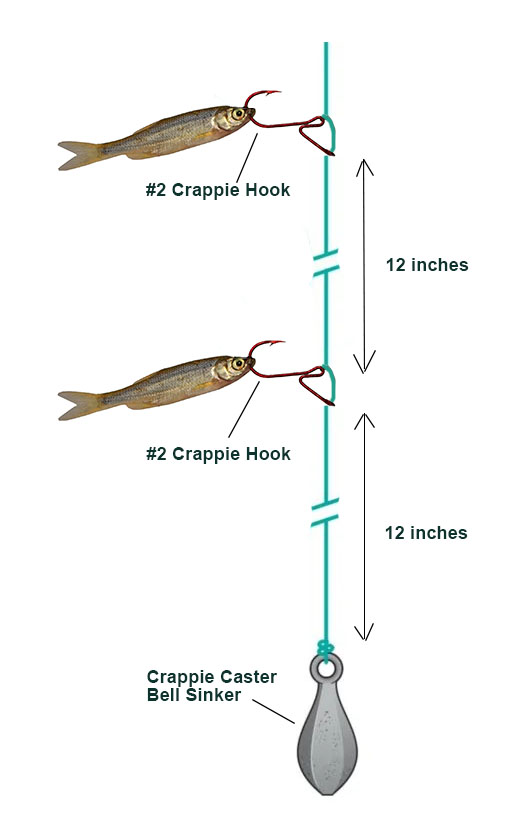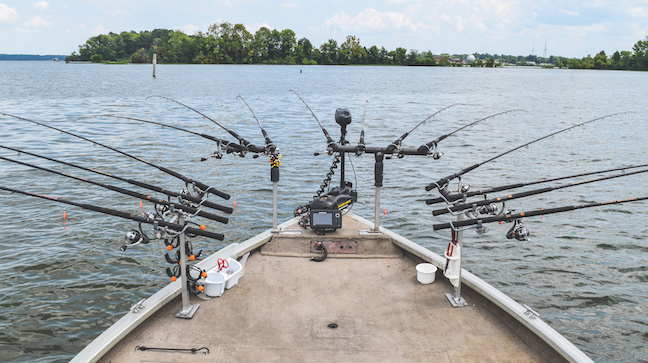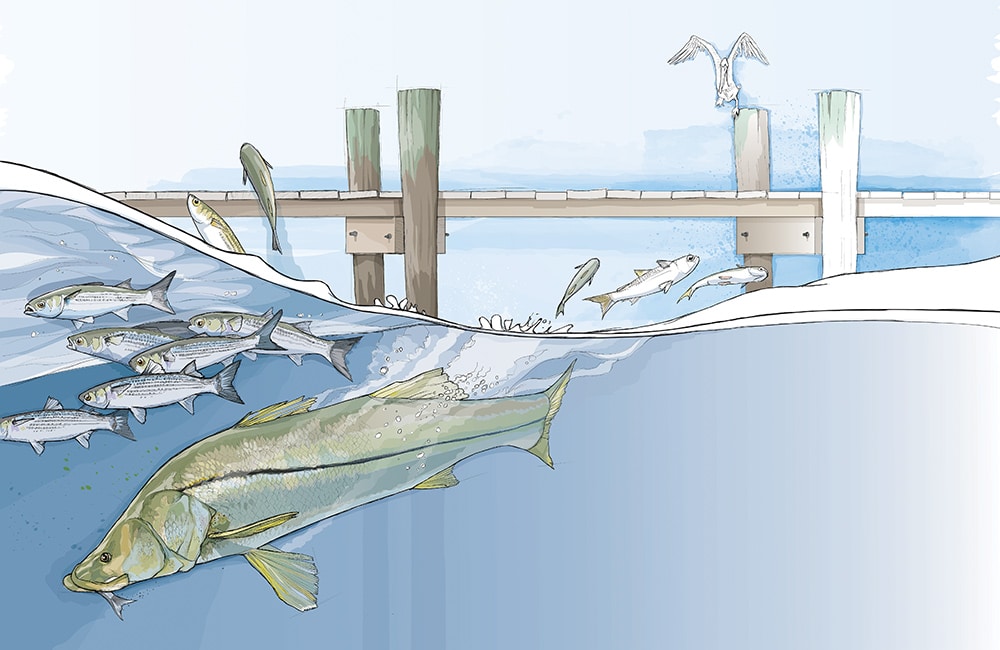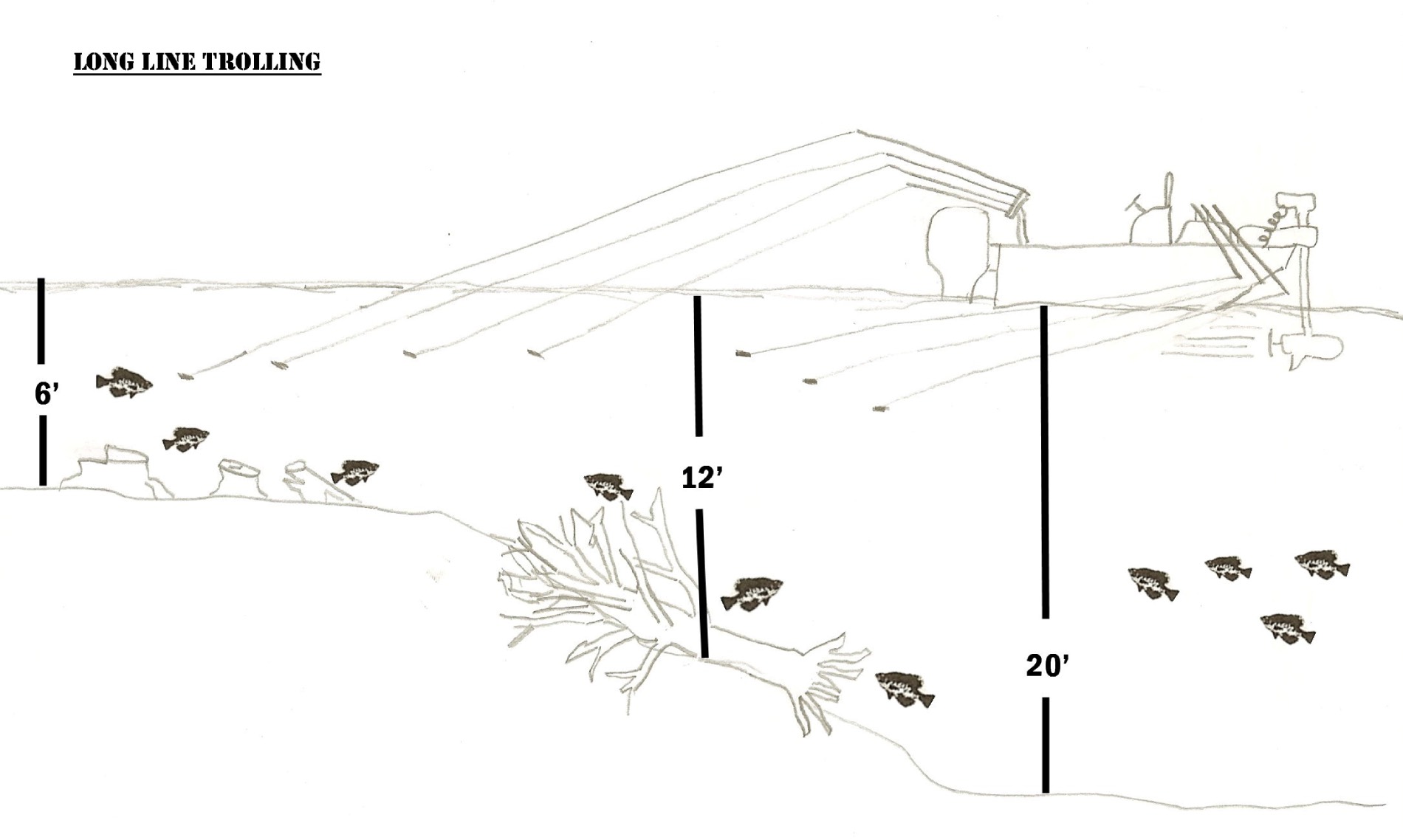Crappie fishing is a rewarding and popular activity among anglers. Whether you’re a seasoned pro or a beginner, understanding and mastering various techniques can significantly improve your success rate. This article will guide you through the essential techniques for crappie fishing, covering everything from basic methods to advanced strategies tailored for different conditions and seasons.
Introduction to Crappie Fishing
Crappie are known for their delicious taste and the challenge they present to anglers. They are commonly found in freshwater lakes, rivers, and reservoirs across the United States. To catch crappie effectively, you need to understand their behavior, preferred habitats, and the best techniques for different situations.
Basic Techniques for Crappie Fishing
Minnow Fishing: Using live bait, particularly minnows, is one of the most effective methods for catching crappie. This technique is straightforward and highly effective:
- Hooking Techniques: Hook the minnow through the lips or behind the dorsal fin to allow it to swim naturally. This natural movement attracts crappie by mimicking their prey.
- Presentation: Use a small float to keep the minnow at the desired depth. Crappie often stay near structures such as submerged trees, brush piles, and docks. Position your bait accordingly to maximize your chances.

Jigging: Jigging involves using small, lightweight lures that mimic the movement of crappie’s natural prey. It’s a versatile and effective technique:
- Types of Jigs: Tube jigs and marabou jigs are popular choices. Tube jigs are soft plastic lures that resemble small fish or insects, making them very effective in clear water. Marabou jigs, made from feathers, have a lifelike movement in the water, which is ideal for murky conditions.
- Jigging Techniques: Cast the jig and let it sink to the bottom, then use a lift-and-drop motion to mimic the movement of distressed prey. This action entices crappie to strike.
Advanced Techniques for Crappie Fishing
Spider Rigging: Spider rigging is a method that involves using multiple rods to cover a larger area and increase your chances of catching crappie:
- Setup: Arrange your rods in a fan shape from the front of your boat, each with different baits or jigs at varying depths. This setup helps you find the depth at which crappie are feeding.
- Best Practices: Move your boat slowly, maintaining a consistent speed to keep your baits at the desired depth. Spider rigging is particularly effective during pre-spawn and post-spawn periods when crappie are actively feeding.

Long-Line Trolling: Long-line trolling involves trolling your lures or baits behind your boat at varying distances. It’s a great technique for covering large areas:
- Equipment and Setup: Use medium-light rods with sensitive tips to detect bites. Attach small crankbaits, jigs, or spinnerbaits to your lines.
- Effective Trolling Speeds: Maintain a trolling speed of 0.7 to 1.2 mph. This speed range is ideal for attracting crappie without making the lures appear unnatural.
Vertical Jigging: Vertical jigging is ideal for fishing in deep waters or when crappie are suspended at specific depths:
- When to Use: This technique is particularly effective during the winter and summer when crappie often stay in deeper, cooler waters.
- Techniques: Drop your jig to the desired depth and use a subtle jigging motion to entice bites. Pay close attention to your fish finder to locate schools of crappie.
Specialized Techniques for Different Conditions
Fishing in Clear Water: Clear water requires more subtle and natural-looking presentations to avoid spooking the fish:
- Lures: Use small, translucent jigs or natural-colored minnows.
- Presentations: Slow down your retrieves and use light line to make your bait appear more natural.
Fishing in Murky Water: In murky conditions, crappie rely more on their lateral lines to detect vibrations:
- Lures: Use brightly colored jigs or lures with added flash to increase visibility. Lures with built-in rattles can also be effective.
- Techniques: Use a more aggressive jigging motion to create more vibrations and attract crappie from a distance.
Fishing Around Structures: Crappie love to hide around structures where they can ambush prey:
- Lures: Use weedless jigs to avoid snagging and present your bait close to structures.
- Techniques: Cast your bait near structures such as docks, fallen trees, or submerged brush piles and let it sink slowly. Use a lift-and-drop motion to entice crappie to strike.

Seasonal Techniques for Crappie Fishing
Spring Fishing: Spring is one of the best times to catch crappie as they move to shallow waters to spawn:
- Pre-Spawn: Use jigs and minnows near the edges of spawning grounds.
- Spawning: Fish in shallow areas with lots of cover, using small jigs or live bait.
Summer Fishing: In the heat of summer, crappie move to deeper, cooler waters:
- Techniques: Night fishing can be very effective during summer. Use submersible lights to attract baitfish and crappie.
- Deep Water: Use vertical jigging with small spoons or deep-diving crankbaits.
Fall Fishing: Fall is a transition period when crappie feed heavily to prepare for winter:
- Techniques: Use long-line trolling with small crankbaits or jigs to cover large areas and locate schools of crappie.
- Bait Choices: Minnows and jigs work well during this period as crappie are actively feeding.

Winter Fishing: Cold water slows down crappie’s metabolism, requiring slower presentations:
- Techniques: Use small jigs tipped with minnows, fished slowly along the bottom.
- Lures: Small blade baits and spoons can be effective when fished slowly.
Mastering the techniques for crappie fishing can significantly enhance your success and enjoyment on the water. From basic methods like minnow fishing and jigging to advanced techniques such as spider rigging and long-line trolling, each approach offers unique advantages depending on the conditions and seasons. By understanding and applying these techniques, you can adapt to crappie’s behaviors and habitats, increasing your chances of a successful fishing trip. Whether you’re a novice angler or a seasoned pro, the right techniques will help you land more crappie and enjoy your time on the water

Robert Smith is the proud owner of Bait Barrels and Bows, a premier fishing sports store established in 1989. With over three decades of experience in the industry, Robert has honed his skills to become an expert angler, sharing his vast knowledge and passion for fishing with enthusiasts around the world. Through his store and writings, Robert provides invaluable tips and guidance, helping both novice and seasoned anglers improve their techniques and enjoy the sport to its fullest. His commitment to the fishing community is evident in his dedication to quality products and excellent customer service.

